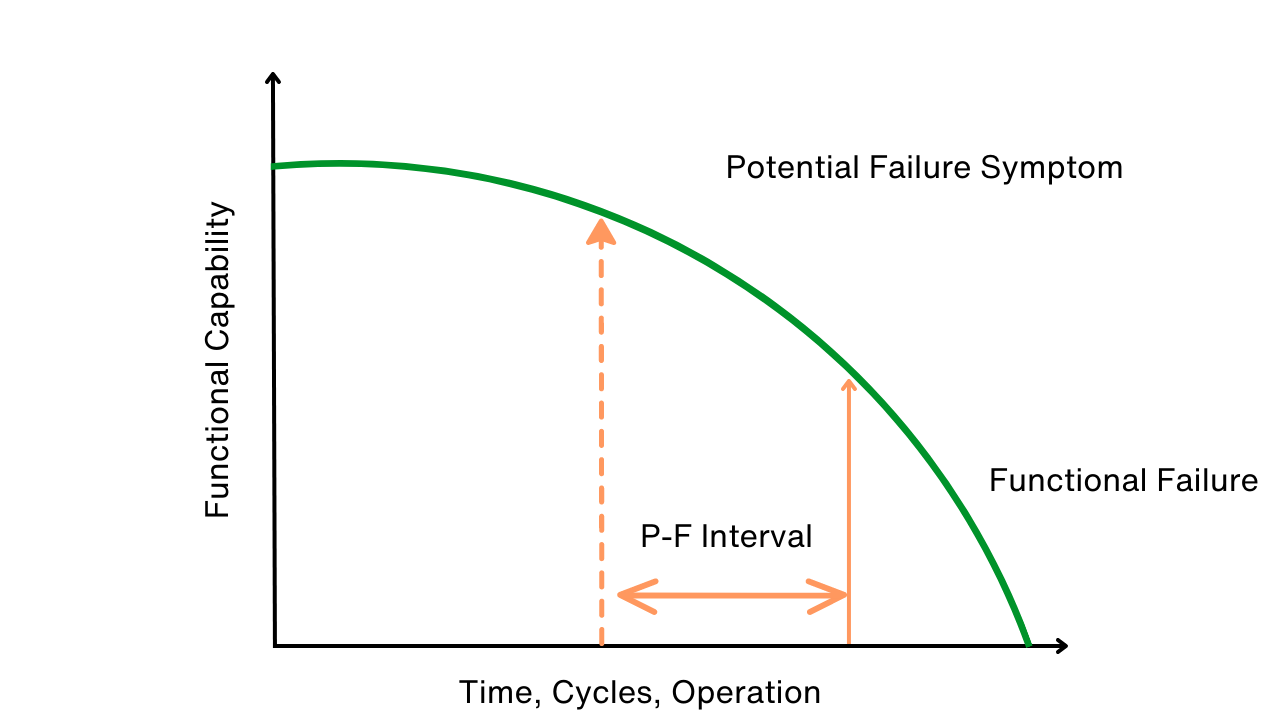10 Steps to Pump Reliability – Part 2
Tom Dabbs and Dan Pereira
Hopefully you read Part 1 of “Ten Steps to Pump Reliability” and have been anxiously awaiting to read Part 2 of the article. You may get the impression that implementing these steps will be costly and very difficult to achieve. The thing you need to bear in mind is: “You are already spending the money.” The only question is: “Are you getting the result from your pumping systems that you are looking for?”
If you can create an environment that allows your entire team to become engaged in implementing these concepts, it will be the best investment you ever made. Deming said it best:
“Your system is perfectly designed to give you the results you are getting.”
The decision is simple; if you want a different result you must change the system or continue living with the results you are getting.
We have collaborated to give you the benefit of our collective knowledge and experience with pumping systems and reliability techniques in hopes that it will help you improve the results you are getting and help make your business more profitable.
Now let’s review the last 10 steps to pump reliability 6-10 and finalize your journey to improve your pump reliability.
The top 10 steps to pump reliability are:
- Proper Design and Equipment Selection
- Proper Installation and Commissioning
- Proper Flow Control
- Proper Operation
- Proper Maintenance
- Stock the Right Parts
- Monitor Efficiency
- Track Lifecycle History
- Establish a Pump Management Program
- Establish a Configuration Management Process
Note: Steps 1 through 5 were discussed in the October/November 2012 issue of Uptime magazine.
6. Stock the Right Parts
One of the easiest and fastest ways to improve pump reliability is to use parts that meet the manufacturer’s original specifications. In the pump industry, there are many parts replicators that sell replacement parts at reduced prices. Unfortunately, many times these parts do not meet specifications and do not have adequate quality procedures in place. Invariably, when we are asked to perform root cause analysis for our clients, these substandard parts are the culprit. If you choose to buy parts from replicators, make sure the supplier demonstrates the specifications and quality procedures that are used to produce the parts. But remember, the only time it makes sense to buy parts from replicators is when the original specified parts are no longer available.
To minimize the amount of parts stored in the storeroom, you should consider a power end exchange and repair contract with your supplier that will provide you with replacement power ends that are re-manufactured to the original specifications and, in most cases, come with an as-new warranty. This approach minimizes the parts that are stocked in the storeroom and reduces failures caused by improper rebuild procedures. Mean time to repair (MTTR) can be reduced by replacing power ends, as opposed to a complete replacement or rebuild when a failure occurs. This approach can also minimize the duration of production interruptions.
If you choose to stock the parts necessary to perform your own in-house repairs, make sure you refer to the manufacturer’s recommended repair parts list and stock the minimum amount required for each class of pump in your operation. Parts should be stored in a clean, dry environment and clearly marked with the appropriate stock or bin number for easy retrieval. Set appropriate min/max levels in your stores system to support the operation and set up an automatic replenishment process. If you store complete units or power ends, American Petroleum Institute (API) recommends that you rotate the shaft 1¼ turns on a monthly basis to prevent bearing flat spots and work hardened areas on the shaft.
7. Monitor Efficiency
Monitoring pump efficiency can be a very worthwhile endeavor in most manufacturing plants. Engineers and designers generally err on the side of over sizing pumping systems and do not always provide control systems that optimize energy consumption. Another factor is, as plants grow and are modified over time, pumping systems are not modified to perform the new requirements efficiently.
Two major factors that determine pump system efficiency are where the pump is running on the pump curve relative to best efficiency point (BEP) and what type of control system is used to control the pump output. Pumping against a partially closed valve is a terribly inefficient way to control pump output.
With these factors in mind, pumping system efficiency should be continuously monitored to ensure process demands are met at the lowest possible cost.
8. Track Lifecycle History
Data from computerized maintenance management systems (CMMS), when properly recorded and analyzed, will provide the data necessary to continuously improve performance and reduce the cost of your pumping systems. The key to this statement is “properly recorded and analyzed.” From the analysis of this data, you can determine root causes, identify “bad actor” equipment and eliminate repetitive failures that, when resolved, offer tremendous potential for improving the company’s bottom line.
If you use your CMMS religiously to plan and schedule all activities, record accurate data from the work performed and analyze data on a routine basis, then you are well on your way to tracking the lifecycle history of your equipment. The only thing remaining is taking action on the findings from the analysis you performed.
In our experience working with a wide range of industries, we have observed that many manufacturers struggle to maintain an accurate database of basic information on their equipment, let alone keeping track of the history of the equipment throughout its lifecycle. These issues have prompted our company, ITT, to develop Life Cycle Solutions, an asset management system that links specifications, purchasing data and performance date to a Web-based system using barcodes and smart phones so we can deploy an asset tracking system with very little action required. This system enables us to have our pumping system experts remotely analyze the lifecycle data to track mean time between failures (MTBF), identify bad actors and repeat failures, track replacement parts usage and provide other valuable improvement recommendations for our clients. It also provides real-time data directly to plant operating and maintenance teams, thus eliminating the need to leave the field to find information like pump curves and installation/operation/maintenance manuals, etc.
9. Establish a Pump Management Program
One way to capitalize on the principles outlined in this article is to establish a pump management program. Many of our clients have created teams consisting of management, technical, operations and maintenance resources that meet regularly and use these principles to improve existing pumping systems. These teams make sure the proper systems are purchased for new designs and expansions. When you consider the statistics outlined in the opening paragraph of this article, the opportunity to reduce spending and improve performance becomes apparent.
10. Establish a Configuration Management Process
If you have followed the recommendations in the first nine steps, you now have a reliable, efficient and cost-effective pumping system in your plant or facility. It is now time to establish a process to maintain the required information and adhere to it.
To maintain the integrity and accuracy of the data and information in our systems, there must be a process in place designed to continuously monitor the changes we make to our equipment and processes, plus update the information on a timely basis. Configuration management is that process and can be likened to a management of change process where equipment data, specifications, drawings, spare parts and other technical data is updated any time we make changes in the manufacturing process, modifications or upgrades to existing equipment, install new equipment, or discard obsolete equipment.
The configuration management process should be triggered by engineering and supported by management when changes are made to the design or operation of the plant. Included in the process is the provision that all affected plant personnel are given access to new information and training is provided to ensure safe and efficient operations and maintenance of the new equipment or processes.
If you have embraced all 10 steps in your pump management program, you have optimized the cost and efficiency of your pumping systems and know and understand the value for doing this. This may seem like a lot of effort to keep pumping systems running reliably, but when you compare it to the cost of continuous inefficiency and repeat failures, it makes it all worthwhile. Remember, everything you learn about keeping pumping systems running effectively and efficiently can be directly applied to all other assets, making this investment even more valuable.
Tom Dabbs, CMRP, is a Program Manager for Asset Management with ITT’s Plant Performance Services Group. He has an Electrical Engineering degree from Clemson University, with more than 35 years of experience delivering behavior-based reliability solutions working with clients to reduce cost and improve business effectiveness. www.ittpps.com
Dan Pereira has worked for ITT – Goulds Pumps for 25 years. He began his career as an applications engineer and moved on to sales engineer with a focus on the chemical/petrochemical, pulp and paper, engineer contractor and energy markets. Over the past 15 years, Dan has brought his expertise to the classroom, teaching general hydraulics, pump operation, pump maintenance and pump optimization for the petro chemical, pulp and paper, and energy industries.
Related Articles

Use P-F Intervals to Map, Avert Failures

The RCM Trap

OEE: Overall Equipment Effectiveness

Can You Really Justify Reliability Centered Maintenance (RCM)?





